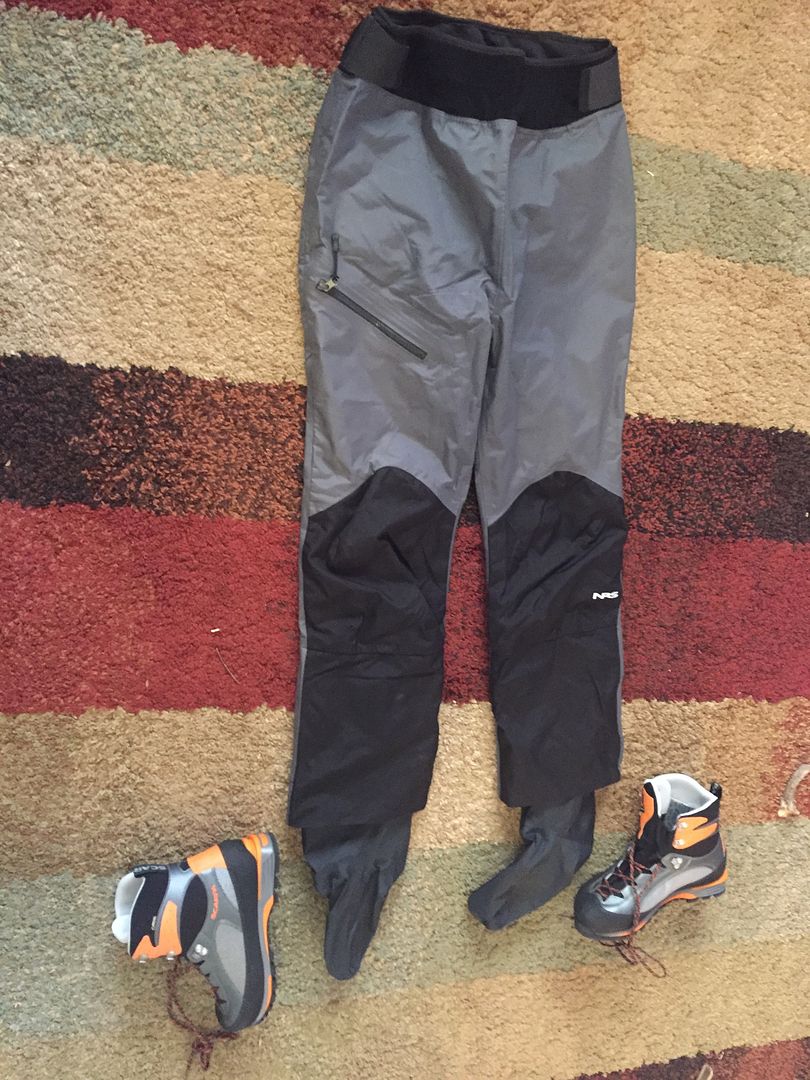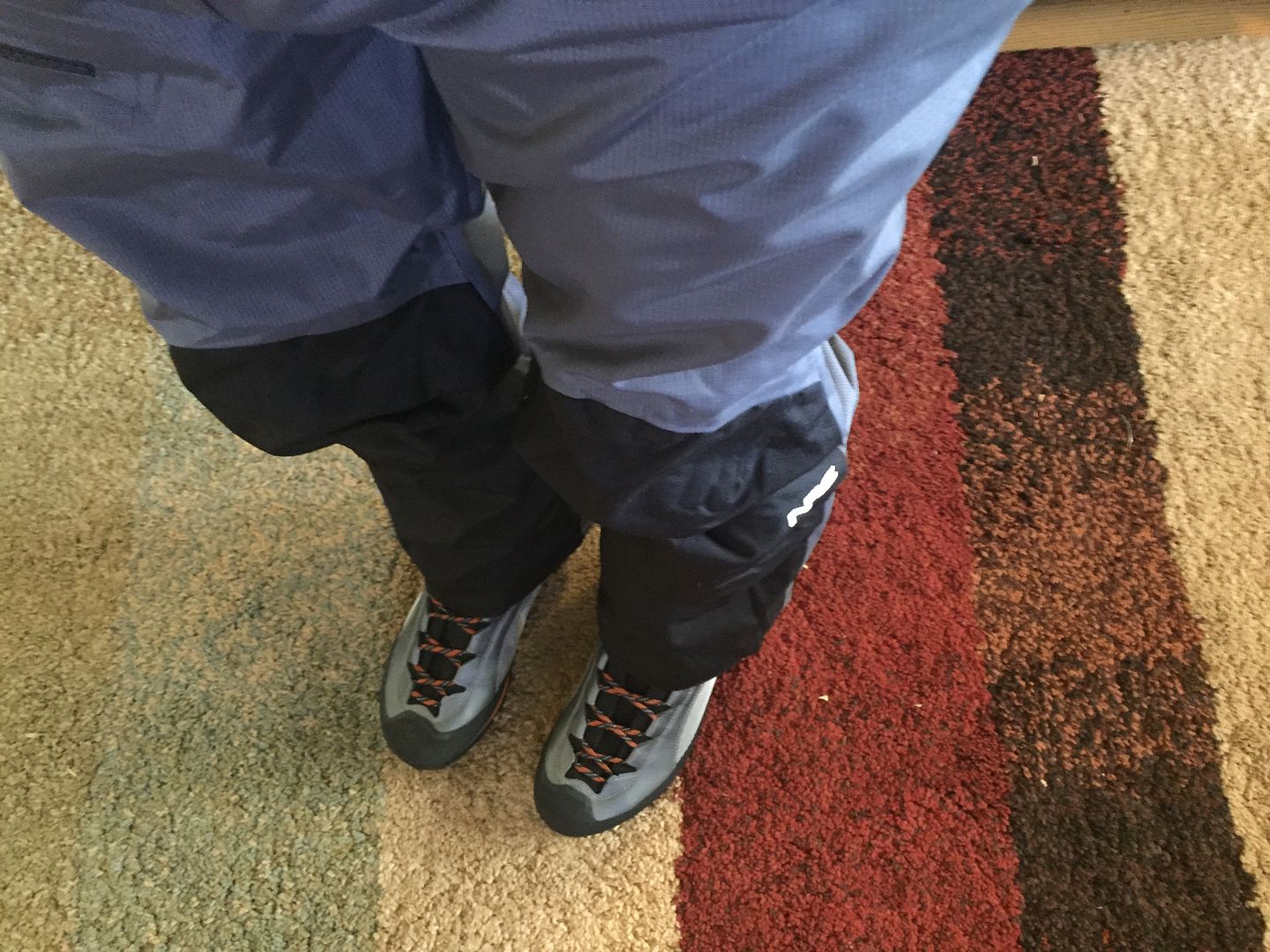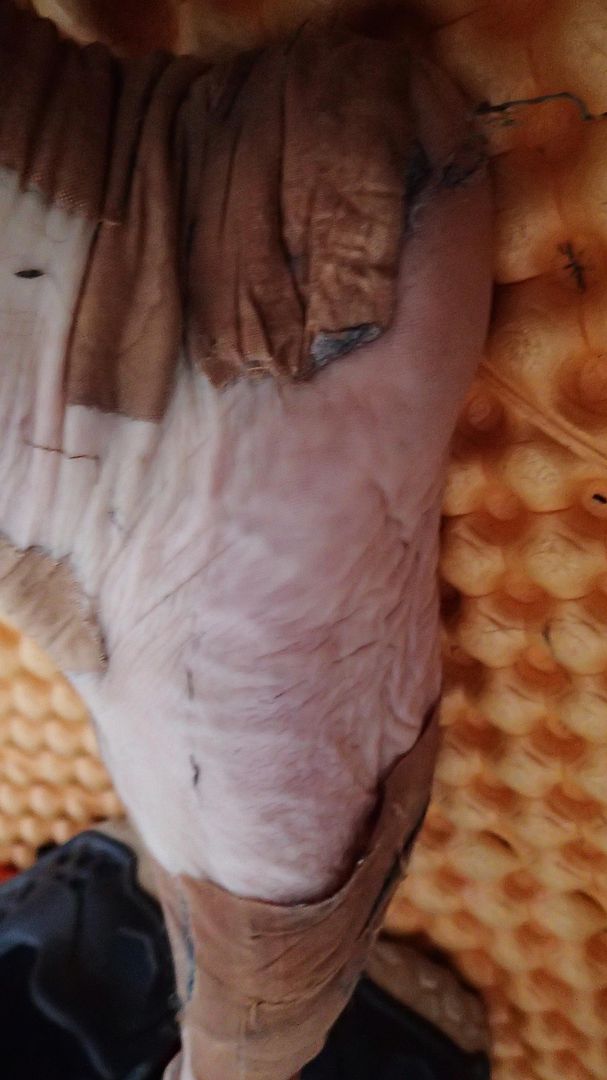Stid2677
WKR
- Joined
- Sep 13, 2012
- Messages
- 2,346
This year I have a pack raft sheep hunt in mind, so I'm going to try something different. To be clear, this concept is in the trial stage, but my plan is to use a pair of NRS goretex footed paddle pants as both waders and rain pants. Bought new boots, and will wear the paddle pants to hike and cross streams, and also in the raft coming out. Will wear gaiters with them, but they have brush guards and are made for hiking. We shall see.....






